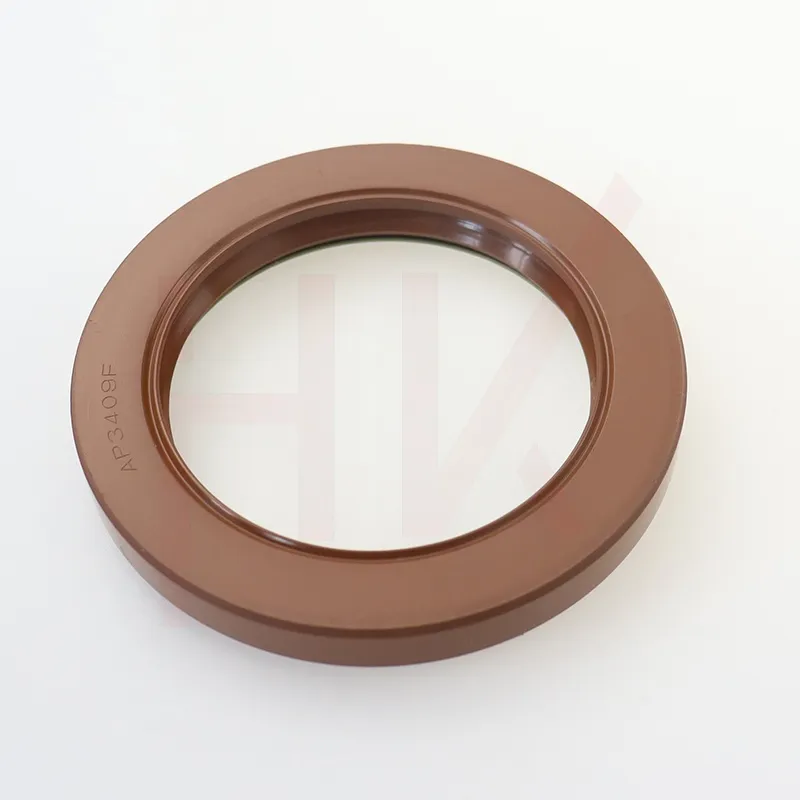Nov . 22, 2024 20:37 Back to list
hydraulic cylinder seals
Understanding Hydraulic Cylinder Seals Types, Functions, and Maintenance
Hydraulic systems are fundamental components in various industries, from manufacturing to construction, where they operate machinery that relies on fluid power. At the heart of these systems are hydraulic cylinders, which convert hydraulic energy into mechanical force to perform work. However, the efficiency and longevity of hydraulic cylinders greatly depend on the quality of their seals. In this article, we will explore the importance of hydraulic cylinder seals, the different types available, their functions, and maintenance practices to ensure optimal performance.
The Importance of Hydraulic Cylinder Seals
Hydraulic cylinder seals play a critical role in the functionality of hydraulic systems. They prevent hydraulic fluid from leaking out of the cylinder, ensuring that pressure is maintained to perform work efficiently. Additionally, seals protect the internal components of the cylinder from dust, dirt, and other contaminants that can lead to failure or reduced efficiency. Without reliable seals, a hydraulic system can experience fluid loss, reduced performance, increased energy consumption, and ultimately, failure of the equipment.
Types of Hydraulic Cylinder Seals
There are several types of seals used in hydraulic cylinders, each designed for specific applications and environments
1. Rod Seals These seals are located at the rod end of the cylinder and are responsible for preventing fluid leakage as the rod moves in and out of the cylinder. Common types of rod seals include lip seals, O-rings, and polyurethane seals.
2. Piston Seals Located at the piston end of the cylinder, these seals prevent fluid from leaking past the piston. They are essential for maintaining the pressure needed to extend and retract the cylinder. Piston seals can also be found in various designs, including U-cup seals and V-ring seals.
3. Wipers Wipers, or scrapers, are installed at the rod entrance to remove dust and contaminants from the rod before they can enter the cylinder. Maintaining a clean environment is vital to prolonging the life of both the seals and the hydraulic system.
4. End Seals These seals are positioned at the end caps of the cylinder and are responsible for sealing the fluid within the cylinder’s body. They help in maintaining the integrity of the entire system, preventing external contamination and fluid leakage.
Functions of Hydraulic Cylinder Seals
The primary functions of hydraulic cylinder seals include
hydraulic cylinder seals

- Preventing Leakage Seals ensure that hydraulic fluid remains within the cylinder, preventing loss of pressure and maintaining system efficiency.
- Contaminant Protection They act as barriers against dust and dirt, protecting the cylinder’s internal components and extending the operational life of the system.
- Maintaining Pressure Proper sealing allows the hydraulic system to operate under the necessary pressure, enabling efficient movement and operation of machinery.
Maintenance of Hydraulic Cylinder Seals
Maintaining hydraulic seals is crucial for ensuring the longevity and efficiency of hydraulic cylinders. Here are some practices to consider
1. Regular Inspection Periodically inspect seals for wear, cuts, or deformation. Early detection of issues can prevent costly repairs and downtime.
2. Proper Installation Ensure that seals are installed correctly, as improper installation can lead to premature failure. Following manufacturer specifications during installation is critical.
3. Fluid Quality Use appropriate hydraulic fluids and maintain their cleanliness. Contaminated fluid can degrade seals and lead to failures.
4. Environment Consideration When selecting seals, consider the operating environment, including temperature extremes and exposure to chemicals, as these factors can affect seal performance.
5. Training and Awareness Educate personnel on the importance of hydraulic seals and the appropriate maintenance practices to ensure they understand their role in the hydraulic system's operation.
Conclusion
Hydraulic cylinder seals are essential components that significantly impact the efficiency and durability of hydraulic systems. Understanding the various types of seals and their functions, along with adopting proper maintenance practices, is vital for ensuring the optimal performance of hydraulic cylinders. By prioritizing seal maintenance, industries can enhance productivity, minimize downtime, and prolong the lifespan of their hydraulic systems.
-
Wiper Oil Seal: Our Commitment to Clean Hydraulics
NewsAug.13,2025
-
Hydraulic Oil Seal for Self Discharging Cars
NewsAug.13,2025
-
Hub Oil Seal for Agricultural Tractor Hubs
NewsAug.13,2025
-
Skeleton Oil Seal with NBR Material
NewsAug.13,2025
-
Rotary Lip Seal for High Pressure Applications
NewsAug.13,2025
-
Cylinder Seal Kits Our Legacy of Hydraulic Trust
NewsAug.13,2025
-
Unlocking the Potential of Hydraulic Systems with Essential Sealing Solutions
NewsAug.06,2025
Products categories
















